10 Best Drawing Artists in the World of All Time
In the vast of art history, many artists have pushed the boundaries of what is possible with pencil, colors, and paper. Outstanding individuals stand out as masters of the craft, revered for their exceptional skill, creativity, and influence. They made from the intricately detailed studies of the human form to bold experiments in line and composition.
Defining the 'best drawing artists' is subjective and depends on personal taste and feeling. However, there are many famous drawing artists throughout history whose works are highly respected and admired for their technical skill, creativity, and cultural impact. In this article, StrillTrans will bring you information about 10 drawing artists recognized as the best throughout the history of art.
Leonardo da Vinci (1452-1519)
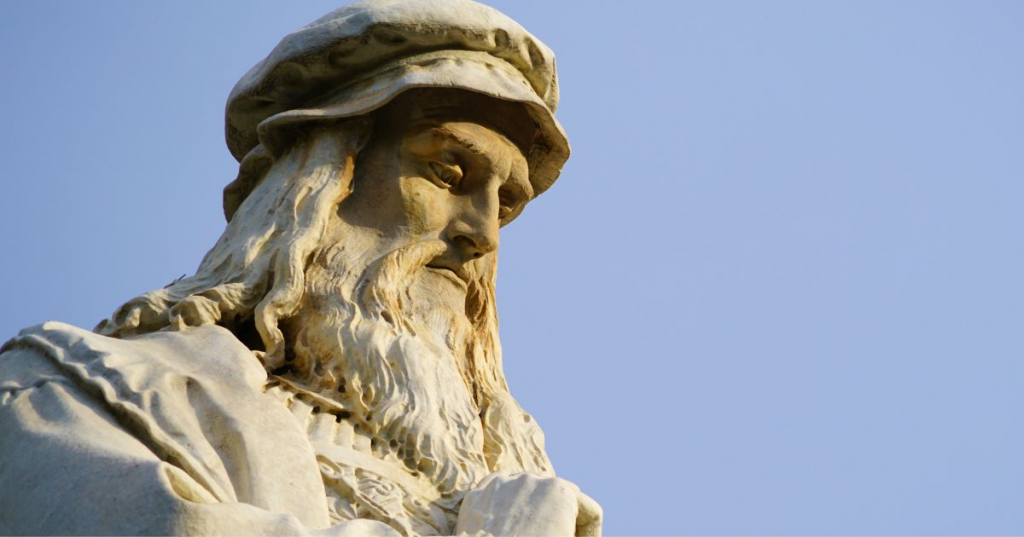
Leonardo da Vinci (1452-1519) embodied the Renaissance ideal of the "universal man," an individual skilled in many disciplines. Born in Vinci, Italy, he was an illegitimate son but received a good education in art and science. Da Vinci was not only an artist but also an inventor, engineer, scientist, theorist, and sculptor.
As a painter, Leonardo is honored for its exquisite detail, technical precision, and masterful use of light and shadow. His most famous painting, the "Mona Lisa," is an iconic masterpiece that continues to captivate audiences with its enigmatic smile and timeless allure. Another renowned work is "The Last Supper," a monumental fresco that depicts the biblical scene of Jesus Christ's last meal with his disciples.
Leonardo's detailed drawings and studies reveal his mastery of form and anatomy, advancing anatomical knowledge through meticulous dissections and analyses of the human body. Da Vinci's notebooks are filled with innovative ideas for flying machines, submarines, war machines, and other inventions, centuries ahead of their time. His observations and documentation of plants have significantly influenced the study of botany.
His work continues to inspire artists, scientists, and inventors today. He is considered one of the most important figures in Western history.
Michelangelo Buonarroti (1475-1564)
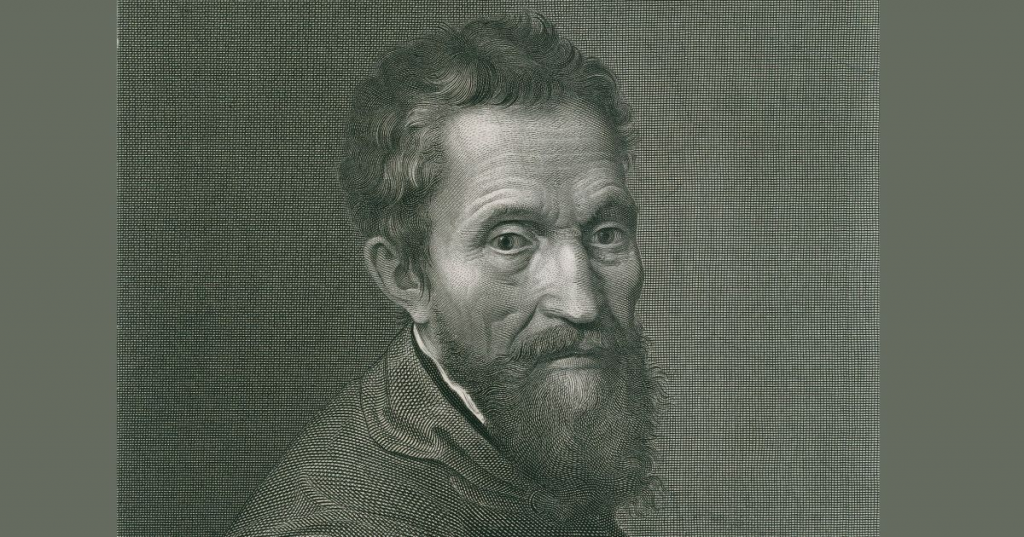
Michelangelo Buonarroti was another towering figure of the Italian Renaissance, often mentioned alongside Leonardo da Vinci as a true artistic genius. Born in Caprese, Italy, Michelangelo demonstrated artistic talent from a young age and apprenticed with painters in Florence. He continued to create non-stop until he died in Rome at the age of 88, leaving behind a legacy that continues to shape the artistic landscape.
Like Leonardo da Vinci, Michelangelo was a polymath, excelling in multiple artistic disciplines, and his work epitomized the humanist ideals of the Renaissance, emphasizing the beauty and complexity of the human form intertwined with profound religious themes.
Michelangelo is best known for his sculptures, characterized by their perfect anatomy, and emotional intensity. Among his most famous works is "David," a colossal marble statue depicting the biblical hero, celebrated as a pinnacle of Renaissance sculpture. Additionally, his sculpture of "Moses," created for the tomb of Pope Julius II, stands as a powerful representation of the prophet.
Not limited to sculpture, Michelangelo also showcased his exceptional talent as a painter, notably through his frescoes adorning the Sistine Chapel in the Vatican. These include iconic works such as "The Creation of Adam" and "The Last Judgement," which exemplify Renaissance artistry with their intricate detail and dramatic portrayal of biblical scenes.
Michelangelo's influence on Western art is immeasurable, with his sculptures, paintings, and architecture continuing to inspire artists and captivate audiences centuries after their creation.
In addition to his achievements in sculpture and painting, Michelangelo was also a gifted architect. He was responsible for the design of the dome of St. Peter's Basilica in Rome, one of the most iconic architectural landmarks in the world.
His contributions to the world of art and culture are immeasurable, and his name remains synonymous with creativity, genius, and the spirit of the Italian Renaissance.
Rembrandt van Rijn (1606-1669)
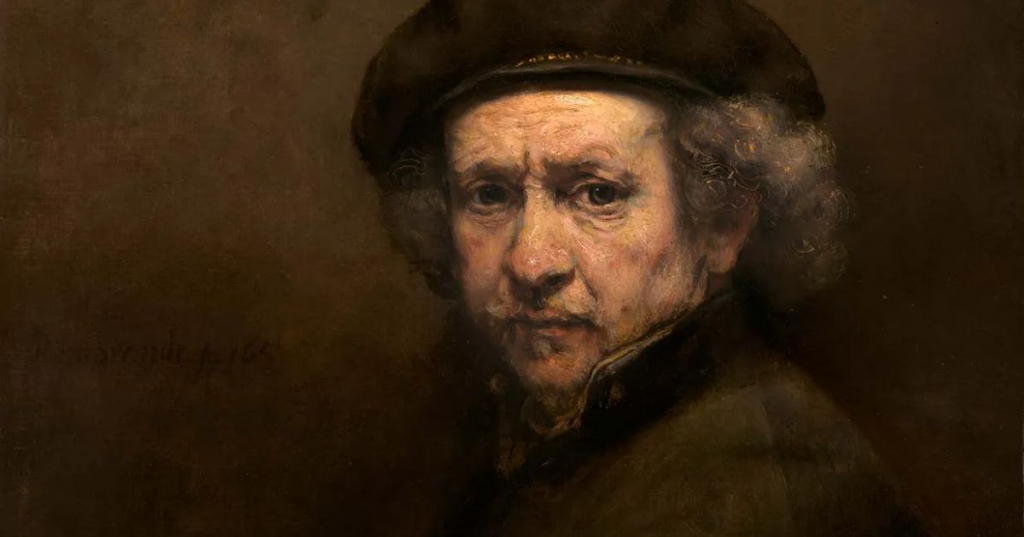
Rembrandt van Rijn, born on July 15, 1606, is widely regarded as one of the greatest painters in the history of Western art. Born in Leiden, Netherlands, Rembrandt was the ninth child of a miller. However, he still received a solid education and began his artistic studies during his teenage years.
A Dutch master of the 17th century, Rembrandt's drawings are admired for their expressive use of light and shadow, as well as their psychological depth and emotional resonance. Rembrandt's innovative use of chiaroscuro, or the dramatic contrast between light and shadow, became a hallmark of his style and added a sense of drama and depth to his compositions. His paintings often convey a sense of intimacy and introspection, inviting viewers to contemplate the complexities of the human experience.
Throughout his career, Rembrandt created a vast body of work, which included portraits, historical scenes, religious themes, and landscapes. His ability to capture the essence of his subjects with empathy and depth set him apart as a portraitist of unparalleled skill. His self-portraits, in particular, offer a glimpse into his psyche and artistic evolution over time.
Rembrandt's most famous work is "The Night Watch," a monumental group portrait of a civic militia. That masterpiece is renowned for its dynamic composition and psychological depth. Other notable works include "The Anatomy Lesson of Dr. Nicolaes Tulp," "The Jewish Bride," and "The Return of the Prodigal Son."
Despite facing financial difficulties and declaring bankruptcy later in life, Rembrandt's style evolved, becoming increasingly expressive and loose in his later years. His ability to evoke narratives and emotions through his paintings and etchings continues to resonate with viewers till now.
Regarded as a leading figure of the Dutch Golden Age, Rembrandt's work has left an indelible mark on the art world, inspiring countless artists and influencing artistic movements and techniques worldwide.
Francisco Goya (1746-1828)
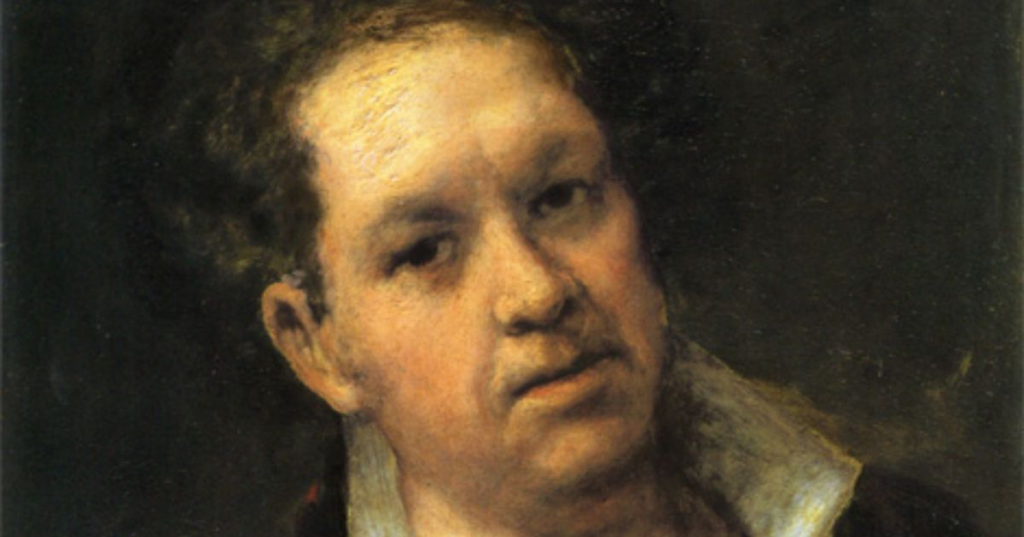
Francisco Goya, born on March 30, 1746, in Fuendetodos, Spain, is one of the most significant and influential artists in the history of Western art. His work spans a wide range of genres, including painting, printmaking, and drawing, and his innovative approach to artistry has left a lasting impact on subsequent generations of artists.
Born in the quaint village of Fuendetodos, Spain, in 1746, Goya's journey to artistic prominence began with his training as a painter in Zaragoza. Eventually, he found his footing in the bustling cultural hub of Madrid, where he would continue to make significant contributions to the world of art.
Initially, Goya's art bore the hallmarks of the Rococo style, characterized by its lightness and whimsy. He garnered acclaim for his tapestry cartoons and portraits, which adorned the halls of the Spanish royal family.
However, as he bore witness to the brutality and corruption of his era, Goya's artistic trajectory took a darker turn.
Goya is best known for his etchings and aquatints known as "Los Caprichos" and "The Disasters of War." These works offer a scathing critique of the social and political issues of his time, including the brutality of war, the corruption of the church, and the injustices of the Spanish Inquisition. Through his powerful imagery and biting satire, Goya challenged the conventions of his day and paved the way for modern protest art.
One of Goya's most famous paintings is "The Third of May 1808," which depicts the execution of Spanish civilians by French soldiers during the Peninsular War. This powerful and emotionally charged work is widely regarded as a masterpiece of political art, conveying the horror and brutality of war with powerful intensity.
Yet perhaps most haunting is Goya's "Black Paintings," a collection of murals adorning the walls of his own home. These macabre works depict nightmarish scenes and grotesque figures, reflecting Goya's stinging disillusionment with humanity.
Despite his struggles, Goya continued to produce innovative and provocative art until his death on April 16, 1828, in Bordeaux, France.
Francisco Goya's work continues to inspire and provoke audiences around the world. They remind us of the power of art to confront the darkest aspects of the human experience and to shine a light on the path to redemption.
Vincent van Gogh (1853-1890)
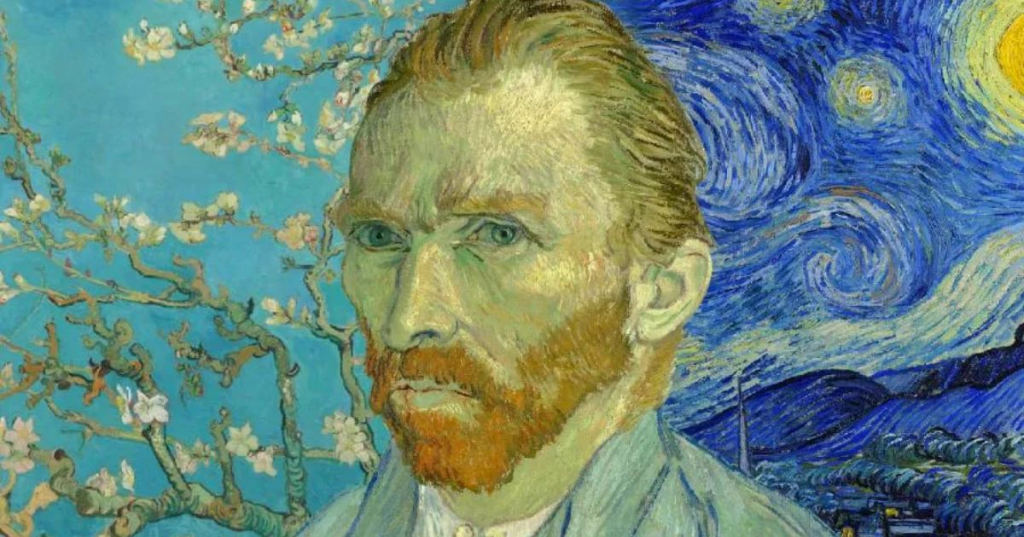
Vincent van Gogh, born on March 30, 1853, in Groot-Zundert, Netherlands, is one of the most celebrated and influential artists in the history of Western art. Despite facing numerous personal challenges throughout his life, including mental illness and financial hardship, van Gogh's passionate dedication to his craft produced some of the most iconic and beloved works of art ever created.
Van Gogh's style is bold brushwork, vivid colors, and especially using light or shadow. His paintings often depict landscapes, still lifes, and portraits with an intensity and immediacy that speaks directly to the viewer's emotions. From the swirling skies of "Starry Night" to the vibrant fields of "Wheatfield with Crows," van Gogh's work is imbued with raw energy and emotional depth.
Despite struggling to find commercial success during his lifetime, van Gogh remained committed to his artistic vision and continued to produce an astonishing body of work. His paintings reflect his deep connection to the natural world and his profound empathy for the human condition.
Van Gogh's struggles with mental illness are well-documented, and his letters to his brother. Despite his suffering, van Gogh found solace and inspiration in nature, and his paintings often convey a sense of transcendence and spiritual longing.
Tragically, van Gogh's life was a sad ending when he died by suicide on July 29, 1890, at the age of 37. However, his name has become synonymous with creativity, passion, and artistic genius.
Vincent van Gogh's life and work continue to inspire and captivate audiences, reminding us of the transformative power of art to transcend suffering and illuminate the beauty and complexity of the human experience.
Albrecht Dürer (1471 – 1528)
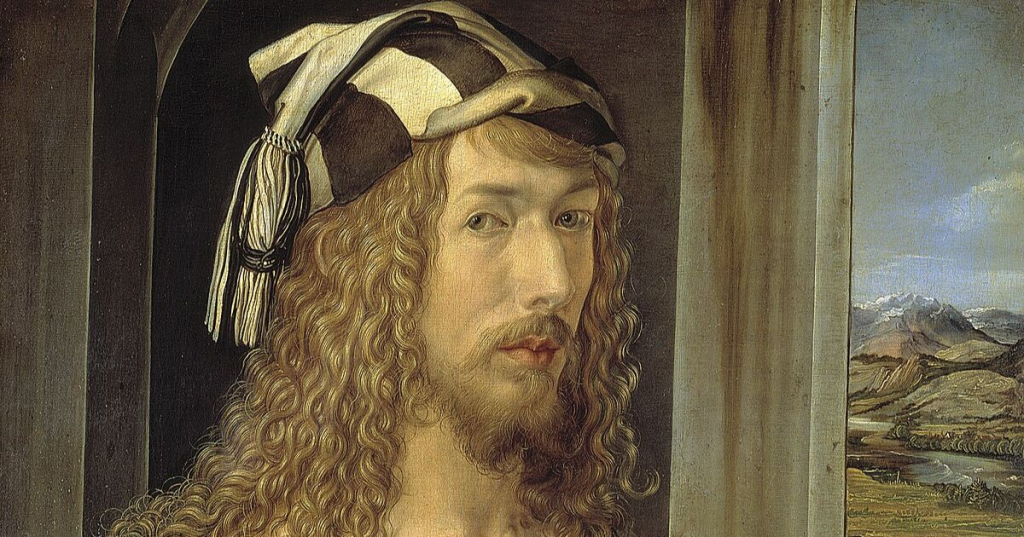
Albrecht Dürer, born on May 21, 1471, in Nuremberg, Germany, was one of the most influential artists of the Northern Renaissance. Renowned for his mastery of drawing, printmaking, and painting, Dürer's work played a pivotal role in the development of European art.
Dürer's early training as a goldsmith imbued him with meticulous attention to detail and a keen understanding of craftsmanship. His skill as a draftsman is evident in his numerous studies of the human form, animals, and botanical subjects, which are impressed by their precision, realism, and technical brilliance.
In addition to his drawings, Dürer was also a prolific printmaker, producing woodcuts and engravings that revolutionized the art of printmaking in Europe. His series of woodcuts, including the "Apocalypse" and the "Life of the Virgin," are celebrated for their intricate detail and powerful imagery.
Dürer's paintings, though fewer in number than his drawings and prints, are equally remarkable. His portraits, such as "Self-Portrait at Twenty-Eight" and "Portrait of Jakob Muffel," are renowned for their psychological depth and emotional resonance.
One of Dürer's most famous paintings is "Melencolia I," a complex work that has inspired countless interpretations over the centuries. The painting is a symbolic elements that reflect Dürer's fascination with mathematics, science, and philosophy.
Throughout his life, Dürer maintained a deep curiosity about the world around him, traveling extensively and studying a wide range of subjects. His writings on art theory and his correspondence with other artists and scholars provide valuable insight into his creative process and intellectual pursuits.
Albrecht Dürer's legacy as an artist and thinker is profound, with his work continuing to inspire and influence artists and scholars till now. His unparalleled technical skill and relentless pursuit of excellence have secured his place as one of the greatest artists of all ages.
Pablo Picasso (1881-1973)
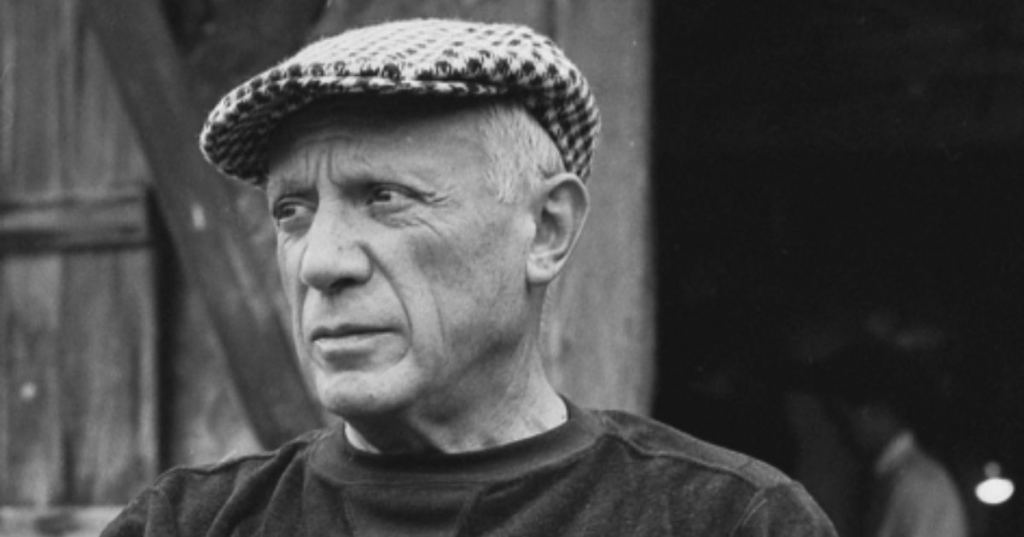
Pablo Picasso, born on October 25, 1881, in Málaga, Spain, is widely regarded as one of the most influential artists of the 20th century. Renowned for his groundbreaking contributions to modern art, Picasso's works spanned styles and mediums, from painting and sculpture to printmaking and ceramics.
Picasso's early work, including his famous "Blue Period" and "Rose Period," reflected his fascination with themes of poverty, despair, and human suffering. These somber paintings, characterized by their muted color palette, established Picasso as a leading figure in the avant-garde art world of Paris.
In 1907, Picasso revolutionized the art world with his groundbreaking painting "Les Demoiselles d'Avignon", which is considered a seminal work of Cubism. This radical departure from traditional artistic conventions shattered the boundaries of representation and paved the way for the development of abstract art.
Throughout his career, Picasso continued to try new styles and techniques, constantly pushing the boundaries of artistic expression. His innovative use of form, color, and composition challenged viewers to see the world in new ways and inspired countless artists to embrace abstraction and non-representational art.
In addition to his paintings, Picasso was a prolific sculptor and printmaker, creating thousands of sculptures and prints throughout his career. His sculptures, such as "The Bull" and "Woman with Raised Arms," are celebrated for their bold forms and dynamic energy, while his prints, including the "Suite Vollard" and the "Dream and Lie of Franco," showcase his mastery of line and composition.
Picasso's innovative approach to art-making transformed the way we think about creativity, identity, and representation. Picasso passed away on April 8, 1973, but his legacy as a visionary artist and pioneer of modern art lives on, inspiring generations of artists and art lovers worldwide.
Winslow Homer (1836-1910)
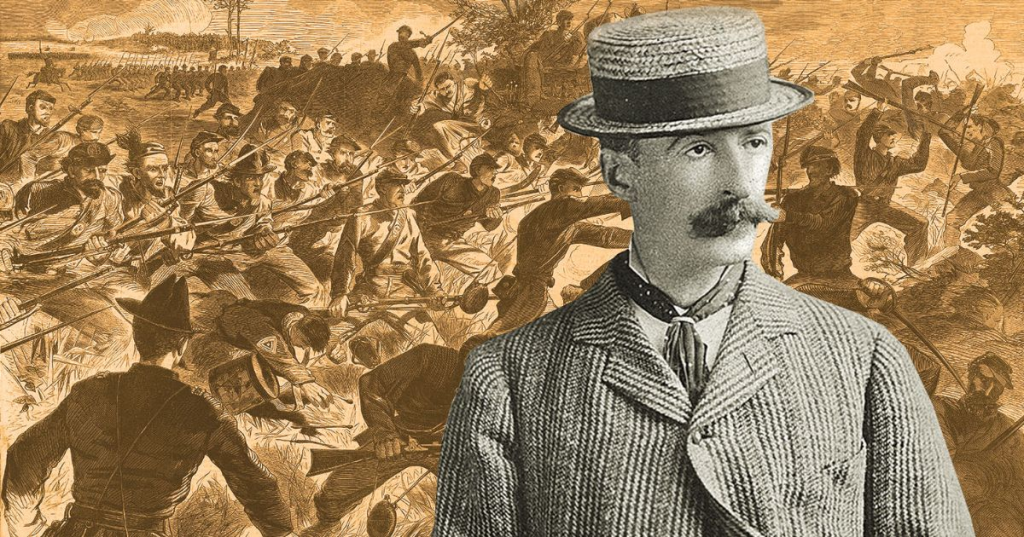
Winslow Homer (1836-1910) was a prominent American painter and illustrator who captured the essence of American life in the 19th century. Renowned for his powerful depictions of American life and landscape, Homer's work captures the spirit of a nation undergoing profound social, political, and cultural change.
Homer began his career as a commercial illustrator, contributing to popular magazines such as Harper's Weekly and Frank Leslie's Illustrated Newspaper. His early illustrations, which depicted scenes of everyday life with humor and wit, earned him widespread recognition and established him as a talented and versatile artist.
In the 1870s, Homer shifted his focus to painting, producing a series of stunning works that celebrated the rugged beauty of the American landscape. His seascapes, such as "The Gulf Stream" and "Breezing Up (A Fair Wind)," are celebrated for their dynamic compositions, masterful use of color and light, and evocative portrayal of the power and majesty of the sea.
Homer's paintings also explored themes of American identity and national character, particularly in his depictions of rural life and the American frontier. His iconic images of the American West, such as "The Last of the Buffalo" and "The Herring Net," capture the pioneering spirit and sense of adventure that defined the American experience during the 19th century.
In addition to his landscapes and genre scenes, Homer produced a series of powerful Civil War paintings that bring a haunting and deeply personal perspective on the conflict. His vivid portrayal of the human cost of war, as seen in works like "Prisoners from the Front" and "The Veteran in a New Field," earned him widespread acclaim and cemented his reputation as one of America's greatest artists.
Winslow Homer's legacy as an artist is profound, with his work continuing to inspire and resonate with audiences. His unique ability to capture the essence of American life and landscape remains as relevant and compelling today as it was during his lifetime, making him a true icon of American art.
Kathe Kollwitz (1867-1945)
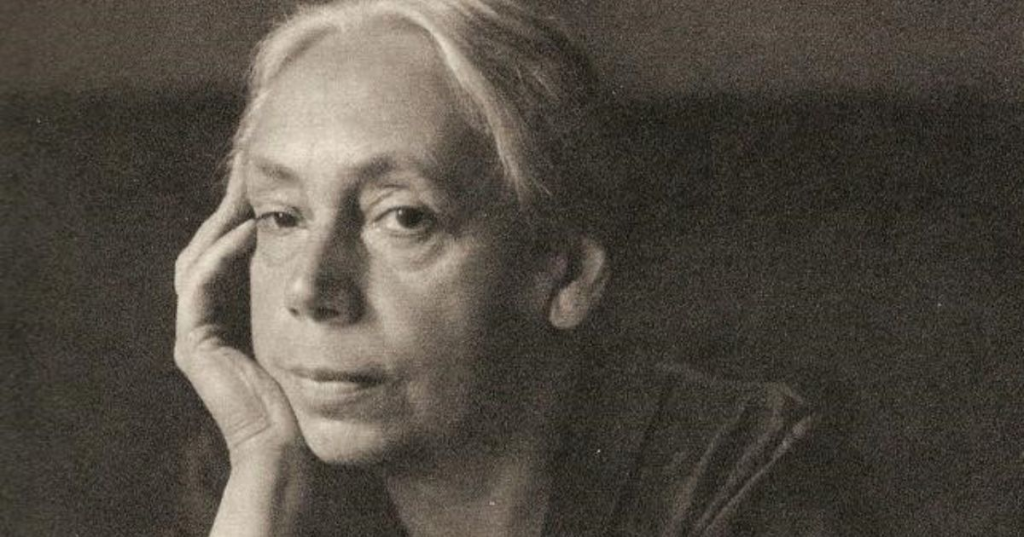
Käthe Kollwitz (1867-1945) was a German artist who used her powerful and expressive prints, sculptures, and drawings to depict the harsh realities of poverty, war, and social injustice.
Generally, her work is deeply rooted in social justice, human suffering, and the human condition, reflecting her profound empathy for the struggles of the working class and marginalized communities.
Kollwitz's art inspiration is from her own experiences and observations. Her iconic series of prints, "The Weavers" and "The Peasants' War," captured the struggles of German workers and peasants during periods of social upheaval in the late 19th and early 20th centuries.
One of Kollwitz's most famous works is the memorial sculpture "Mother with her Dead Son," which commemorates the victims of war and violence. The sculpture, which portrays a grieving mother cradling her lifeless child, is a poignant and powerful symbol of the human cost of conflict and the universal experience of loss and mourning.
Throughout her career, Kollwitz remained committed to using her art as a tool for social change and political activism. She was a vocal critic of militarism, poverty, and oppression, and her work often served as a rallying cry for social justice and solidarity.
Despite facing personal tragedy and political persecution, Kollwitz continued to create art that spoke to the universal human experience. Her uncompromising commitment to truth, compassion, and social justice has earned her a place as one of the most important artists of the 20th century.
Henri Matisse (1869 - 1954)
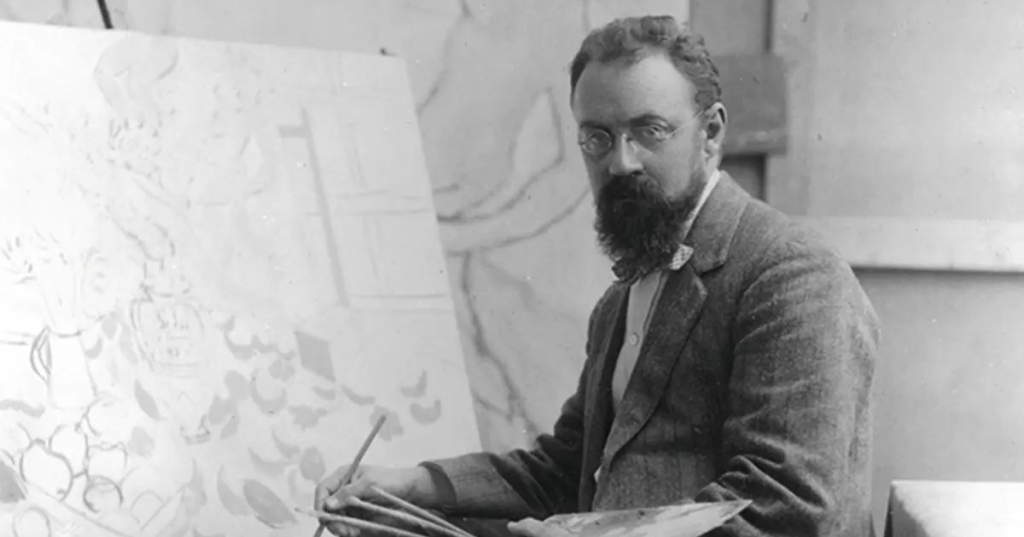
Henri Matisse, born on December 31, 1869, in Le Cateau-Cambrésis, France, was a revolutionary French artist known for his innovative use of color, form, and composition. A leading figure of the early 20th-century art movement known as Fauvism, Matisse's work pushed the boundaries of artistic expression and challenged traditional notions of representation.
Matisse's early paintings, such as "Woman with a Hat" and "The Joy of Life," are characterized by bold, vibrant colors and simplified forms. These works shocked and scandalized the art world at this moment, earning Matisse and his fellow Fauvist artists the nickname "Les Fauves," or "The Wild Beasts."
Throughout his career, Matisse continued to experiment with color and form, exploring themes of nature, beauty, and the human figure. His later works, such as "The Dance" and "The Snail," are celebrated for their dynamic compositions and joyful sense of movement.
In addition to painting, Matisse was also a skilled draughtsman and printmaker, producing a wide range of drawings, prints, and illustrations throughout his career. His drawings, in particular, are admired for their fluid lines and expressive energy, capturing the essence of his subjects with remarkable clarity and precision.
In the last years of his life, Matisse turned to collage as his primary medium. These works include the monumental "The Swimming Pool" and "The Sorrows of the King," which are honored for their bold colors, organic shapes, and dynamic compositions.
Henri Matisse's influence on the art world cannot be overstated. His bold use of color and form revolutionized modern art and paved the way for future generations of artists to explore new avenues of creative expression.
Enhance your expertise with Skilltrans through their curated selection of related courses. Please click on the course name below to learn more:
Cartoon Drawing For Absolute Beginners
You will learn how to draw cute cartoon characters. Also, you will learn how to draw simple cartoon backgrounds. We’ll start with the basics. For example whats the anatomy of our cute cartoon characters and what shapes we’ll use to draw them. Then we’ll jump into different facial expressions so that you can express emotion with your characters. Also different hairstyles, a lot of practice sheets, and many more.
Drawing and Colouring: Birds and Flowers (Art as Meditation)
Nature influences art in many we can't imagine art without nature. As it is the source of inspiration for every artist, its the best way to start learning art through nature. Its a kind of meditation in which we relate ourselves with the beauty of nature. When you indulge yourself in activities related to nature you feel calm and relaxed.
In this course you will learn to make beautiful leaves, flowers and exotic and beautiful birds which will not only enhance your painting.
Character Art School: Complete Coloring and Painting
Character Art School is a 6 week learn-anywhere video course where you learn to become adept at coloring and painting professional characters. I’ve hand-crafted the Character Art School: Complete Coloring and Painting course to be the only course you need, to learn all the core fundamentals and advanced techniques to coloring and painting characters well. If you’re an absolute beginner or you’re already at an intermediate level, the course will advance your current ability to a professional level. The course is a comprehensive 5 module guided video course, where the only limit to your progression is your determination and engagement in the rewarding assignments.
Conclude
These are just a few examples of drawing artists who have made significant contributions to the art world. The artist brings their distinct style, technique, and vision to their drawings, leaving a rich and diverse legacy for future generations to admire and study.
It may be impossible to specify the best drawing artist, but it is clear that the contributions of these masters have enriched our understanding of the human experience and expanded the boundaries of artistic possibility. As we continue to explore the vast and varied landscape of drawing artistry, let us celebrate the vision, talent, and passion of these extraordinary individuals who have left an indelible mark on the world of art.

Meet Hoang Duyen, an experienced SEO Specialist with a proven track record in driving organic growth and boosting online visibility. She has honed her skills in keyword research, on-page optimization, and technical SEO. Her expertise lies in crafting data-driven strategies that not only improve search engine rankings but also deliver tangible results for businesses.



